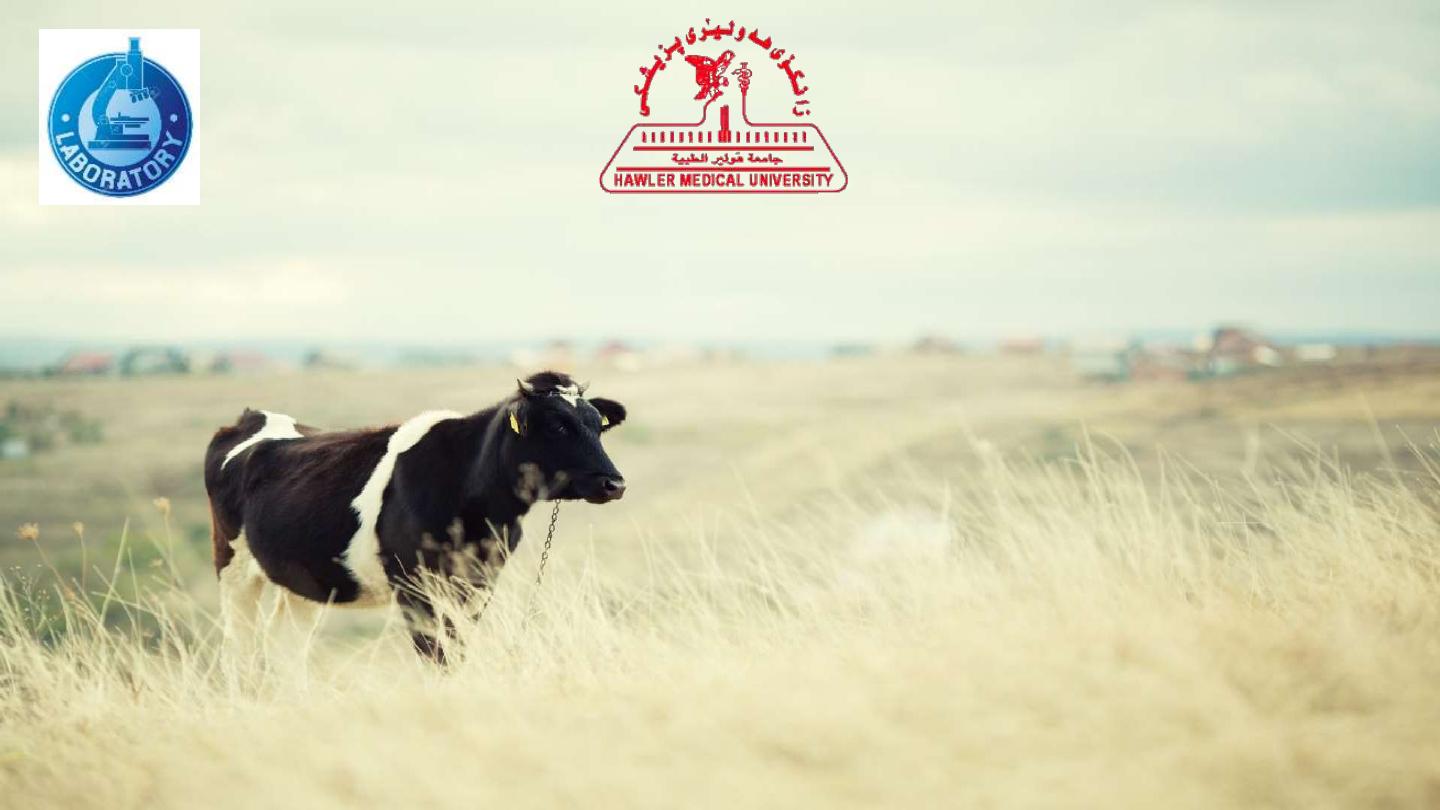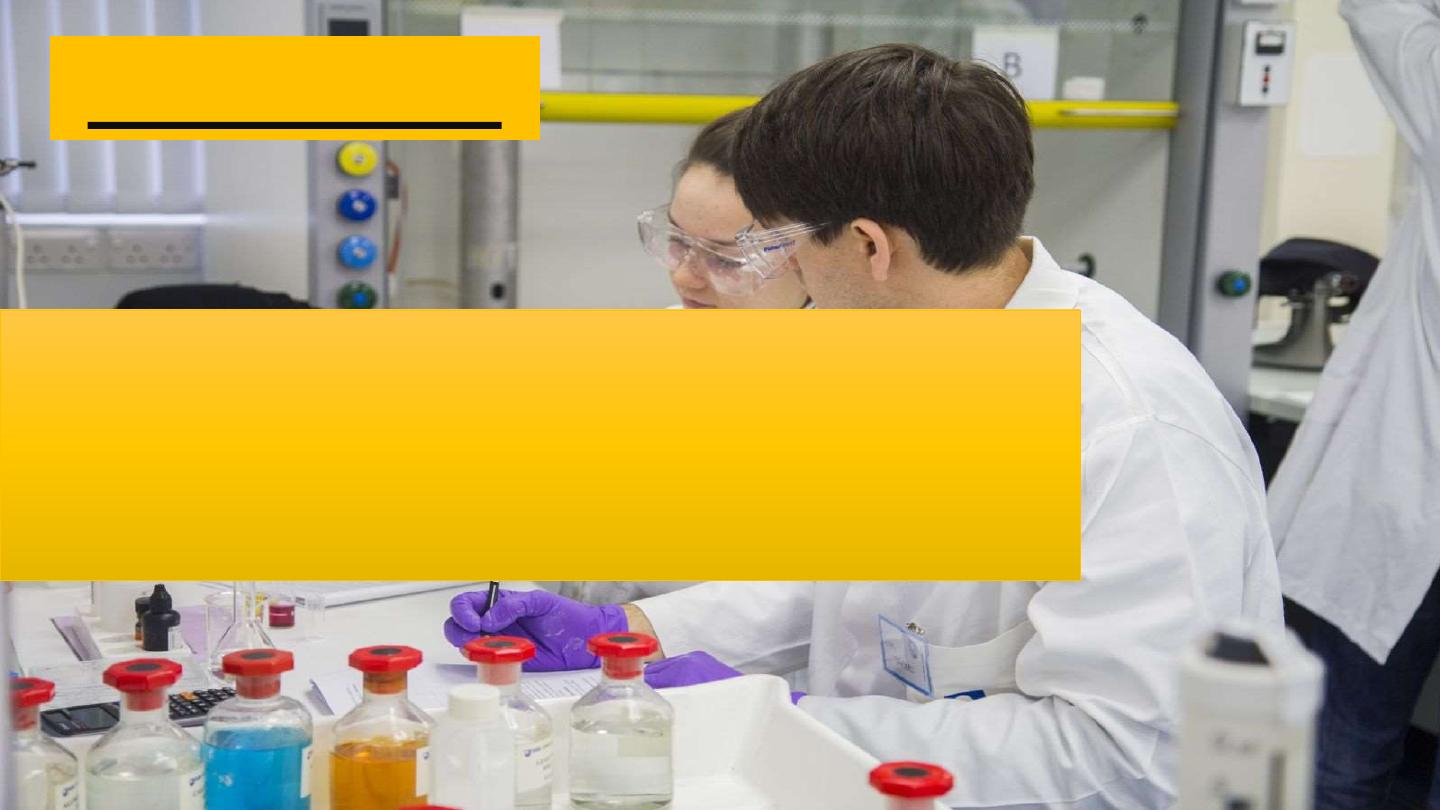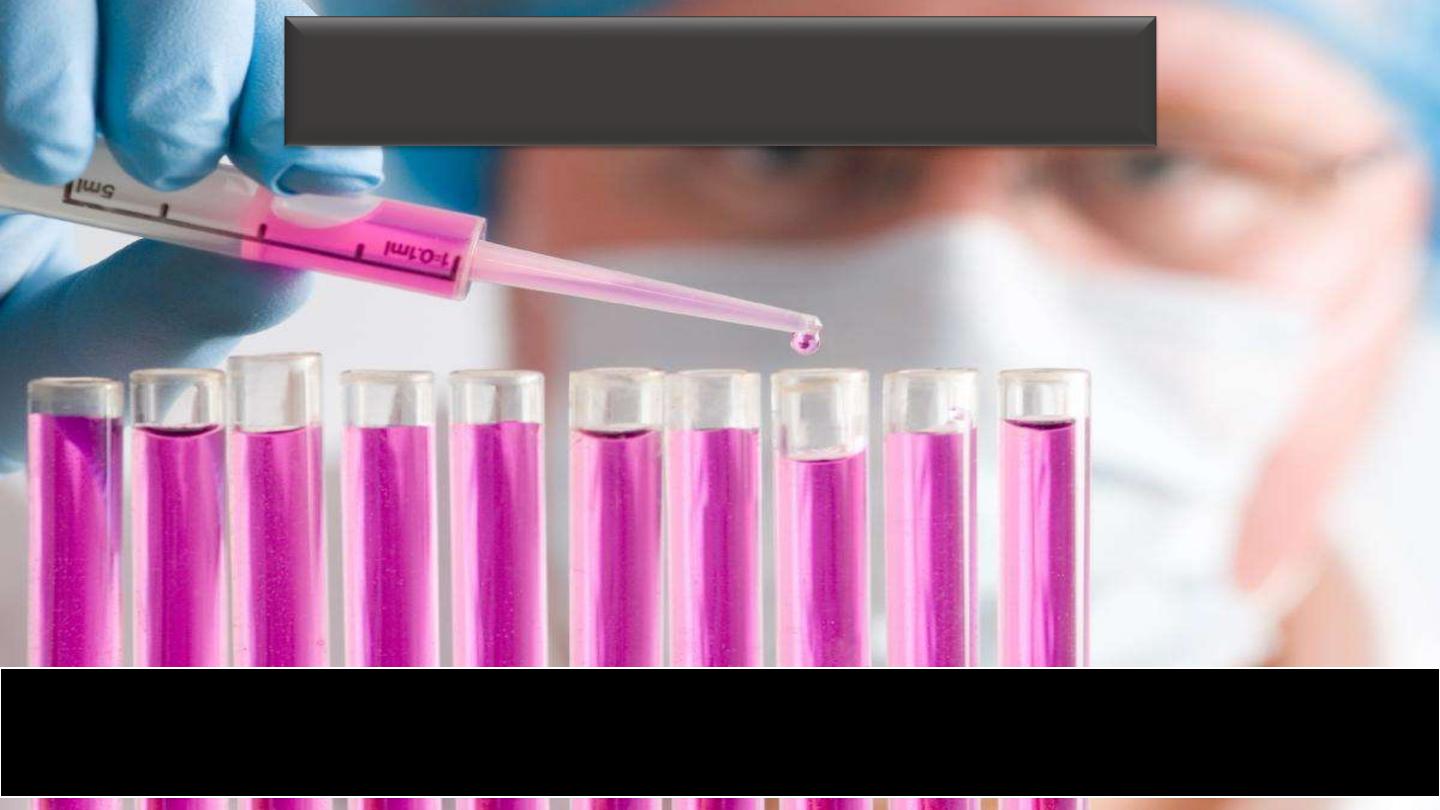
Practical Immunology and Serology
Lab.5: Brucella test (Rose Bengal Test)
Hawler Medical University
College of Health Sciences
Clinical Biochemistry Dept.
Ass. Lec. Amer Ali Khaleel
(M.Sc. Medical Immunology)

Introduction:
• Brucellosis is a worldwide zoonosis caused by the bacterial genus
Brucella.
• These organisms localize in the reproductive organs of host animals,
causing abortions and sterility.
• They are shed in large numbers in the animal's urine, milk, and
placental fluid.

Introduction:
• Exposure to infected animals and animal products causes the disease
in humans
• Rose Bengal test detects antibodies an against Brucella (anti-Brucella).
• Brucellosis was first diagnosed by
Wright
and
Smith
in 1897.

Other names for Brucellosis:
•Undulant fever.
•Malta fever.
•Gibraltar fever.
•Mediterranean fever.

Brucella Species:
• Members of this genus are pathogenic to animals from which they are transmit
to human causing brucellosis.
• Genus Brucella has 4 species namely:
• Brucella abortus
causing abortion in the cattle.
• Brucella melitensis
causing infection in goats and sheep.
• Brucella susis
causing infection in the pigs.
• Brucella canis
causing infection in dogs.
• Being thus more prevalent in rural areas.

Clinical Manifestation:
• High fever ,
• Malaise (discomfort),
• Anorexia (malnutrition),
• Arthralgia (Pain in a joint),
• Fatigue,
• Headache,
• Sweating,
• Weight loss &
• Depression.

Routes of Transmission:
• Man is infect by Ingestion of contaminated food such as raw milk or dairy
products & cheese made from unpasteurized (raw) milk.
• Farmers and butchers are infect by contact with diseased animals.
• Rarely through undercooked meat.
• Person-to-person transmission is very rare.
• Laboratory technicians

Time Consuming
Methods
No.
Serological level
2 min
Rose Bengal test by Rapid Slide agglutination (screening) test
1
2-4 hours
Rose Bengal test by Tube Agglutination test
2
5 minutes
Brucella IgG/IgM by Immunochromatographic assay
3
15 minutes
2 Mercaptoethanol Test (ME)
4
45 minutes – 2 hours
ELISA (IgG/ IgM)
5
45 minutes – 2 hours
ECL (IgG/ IgM)
6
Molecular level
7-10 days
PCR (Polymerase Chain Reaction)
7
Laboratory diagnosis of Brucellosis:

1) Rose Bengal Agglutination Test (RBAT) (qualitative)
• It is one of the easiest methods to implement and the most widely used for
identifying Brucellosis antibodies in sera.
Principle of the test:
• The RB is a rapid slide agglutination test.
• It is now often used widely for diagnosing human disease.
• The test uses a suspension of
B. abortus
smooth cells stained with Rose Bengal
dye (pink color) to detect Brucella agglutinins.
• The stained bacterial suspension agglutinates when mixed with samples
containing specific IgG or IgM antibodies present in the patient sample.

Procedure:
• Allow the reagents and sample to reach room temperature.
• Place 50µL of the sample and one drop of each positive and negative control into
separate circles on the slide test.
• Shake the Rose Bengal reagent gently before using and add a drop of this reagent
next to the sample to be tested.
• Mix both drops with a stick, spreading them over the entire surface of the circle.
Use different stirrers for each sample.
• Rotate the slide with a mechanical rotator at 80-100 rpm for 2 minutes, and read
the results (this is the optimum time limited).

Reading the result & Interpretation:
• No agglutination= absence of specific antibodies
• Agglutination (even slight) = presence of specific antibodies
If agglutination appear after 15 seconds = (1:640)
If agglutination appear after 30 seconds = (1:320)
If agglutination appear after 1 min. = (1:160)
If agglutination appear after 1.30 min. = (1:80)
• Patient history should be taken into account before giving the result.
• This test is a screening test only for the detection of Brucella agglutinins. If result is positive it
must be confirmed by other serological tests for Brucellosis.

Advantage:
• Rapid, inexpensive, sensitivity and specificity.
Limitation:
• Low sensitivity particularly in long chronic cases, and relatively low
specificity in endemic areas & Vaccinations may produce agglutinins
capable of reacting with the febrile antigens.

2) 2 Mercaptoethanol Test
• This test was designed to measure IgG in patients with chronic brucellosis.
• Titers before and after treatment with 2-ME are compared.
• The test is available by only a few laboratories in Hawler.
Prophylaxis:
1. The disease could be prevented by pasteurization of milk which kill the bacteria.
2. Affected animals are detected and eliminated from the herd.
3. General principles of hygiene are imposed to prevent spread or reintroduction of infection.
4. In labs strict biosafety precautions.
5. Education campaign.

1- Trying to drawing of blood sample from your colleagues.
2- Preparation of serum.
3- Do
Brucella test (screen test)
for your colleagues.
4- Report the result and interpretation.
Practical Part

Any Questions ??!!!
Next lecture : Pregnancy Test
